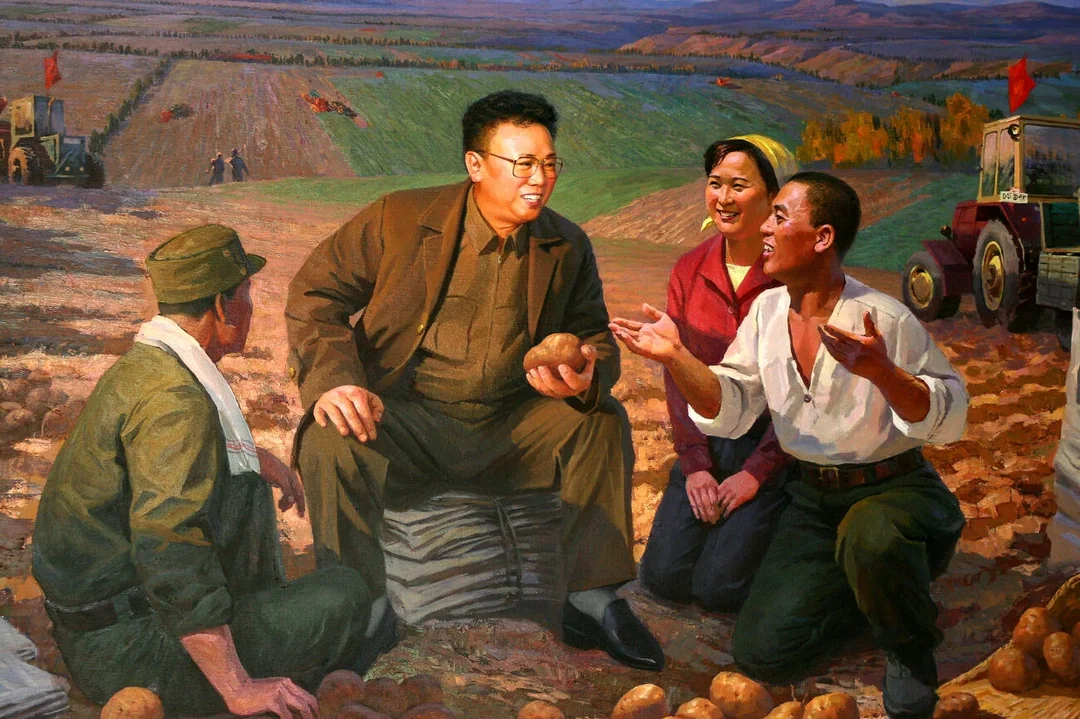This page will go over the economy of the Democratic People's Republic of Korea,
while most of it is dedicated to the current state of the economy, the historical economy will be touched upon too.
Before Kim Jong Il
The Economy was absolutely destroyed in 1950 due to the Great Fatherland Liberation War, and yet dispite this the DPRK managed to sustain a fast growing economy.
Industry was the favored sector of the economy, managing to return to pre-war levels by 1957, an astonishing achievement.
This was coupled with the NOrth Korean Won holding greater value than the South Korean Counterpart, alongside a higher economic growth until the 60's and
the GDP per capita being equal to that of the South, as late as 1976.
Even the CIA had to acknowledge that post war, the DPRK Government achieved compassionate care for children, a radical improvement in the status of women,
free housing, free healthcare, and health statistics in line with most advanced nations up until the Famine.
This of course was not bound to last, and the stagnation began in the 80's with the long decline beginning in 1987 and a near complete collapse when soviet aid
was halted with the collapse of the Soviet Union in 1991.
.jpg)
Current Economic Situation
With the collapse of the Economy, horrendous crop conditions, and a focus on the Military in both funding and material application, the DPRK's economy
has been struggling immensley, and the sanctions that the DPRK faces don't help that in the slightest, although UN food aid was accepted in 1996.
The Military First policy, after a couple years, however appeared to aid the Economic growth of the country as it strengthened the regime and stabilised the
nation in a time of severe crisis. However with plans to implemenet market reforms to modernise the economy it is yet to be seen if Kim Jong Il can save his reputation and nation.
Although trade is not very common for the DPRK, in part due to the sanctions, and parly due to the autarky system that the DPRK practices economically, there still is a fair amount of trade
with a growing black market within the nation to import and export goods while avoiding the sanctions.
In 1997 the Largest Export for the DPRK was non-monetary gold, with the next being telecommunication parts, then textiles.
DPRK exports are dominated by light industrial products and agricultural commodities.
Conversely the largest Imports were Maize, Petroleum and crude oils, and Meal and flour of wheat.
DPRK imports are nearly entirely dominated by agricultural commodities and food, with Food aid also still being accepted yearly from the UN.
The DPRK saw it's first year of GDP growth in a decade in 1999, growing by 6.1% to $10.28 Billion.
This is rather different when compared to GDP per Capita which saw it's largest jump in 1996, by 116.2% to $462.
The jump in GDP per Capita coincides with the implementaiton of the 선군정치 (songun) policy.

